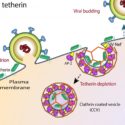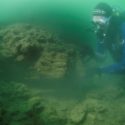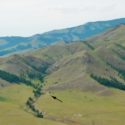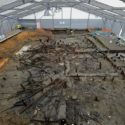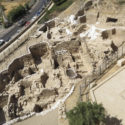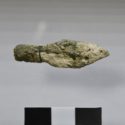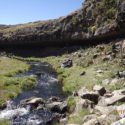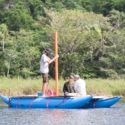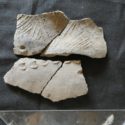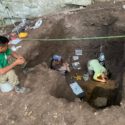CryoEM reveals structural effect of mutation that made humans, but not apes, immune to SIV.
20-million-year-old skull suggests complex brain evolution in monkeys, apes
New study reveals that brain enlargement and modern features evolved repeatedly in anthropoids.
Nordic Bronze Age attracted wide variety of migrants to Denmark
Results of largest Denmark multidisciplinary human mobility investigation to date.
Biomolecular analyses of Roopkund skeletons show Mediterranean migrants in Indian Himalaya
The lake was thought to be the site of an ancient catastrophic event that left several hundred people dead, but the first ancient whole genome data from India shows...
Humans migrated to Mongolia much earlier than previously believed
Archaeologists unearth stone tools made 45,000 years ago.
Uncovering Zedekiah’s Destroyed City
New archaeological finds uncovered from two separate excavations in 2019 likely support the biblical account of the destruction of Jerusalem and its First Temple in 587/586 BCE.
Maya more warlike than previously thought
Evidence of extreme warfare from Classic period disputes role of violence in civilization's decline.
Human genetic diversity of South America reveals complex history of Amazonia
New study explores genetic roots of 26 populations from diverse regions and cultures of western South America and Mexico, revealing long-distance connections between speakers of the same language, and...
3D slave ship model brings a harrowing story to life
A 3D model of an 18th century slave ship, which captures the cramped, dirty and stifling conditions experienced by enslaved Africans, has been launched as a new digital teaching...
Archaeological evidence verifies long-doubted medieval accounts of First Crusade
Discovery includes probable looted jewelry, battle relics
Evolutionary gene loss may help explain why only humans are prone to heart attacks
Loss of a gene 2 to 3 million years ago could be linked to why coronary events are so common in humans and so rare in other animals.

